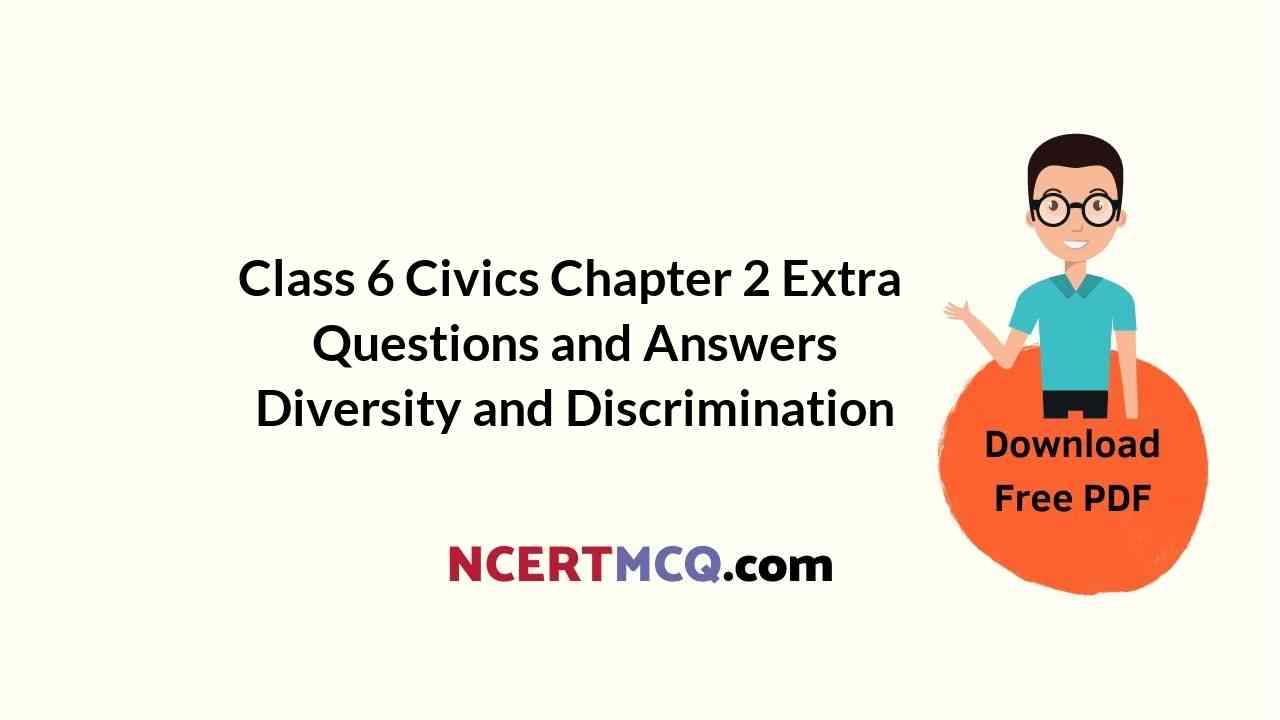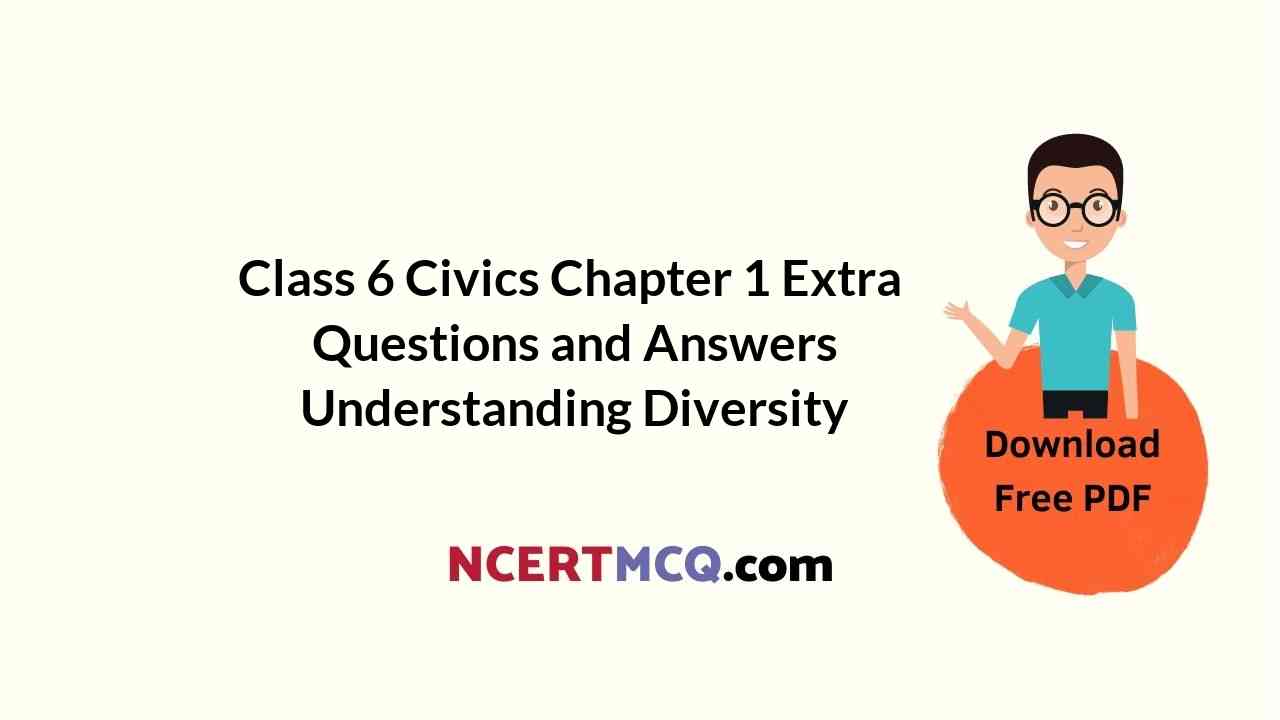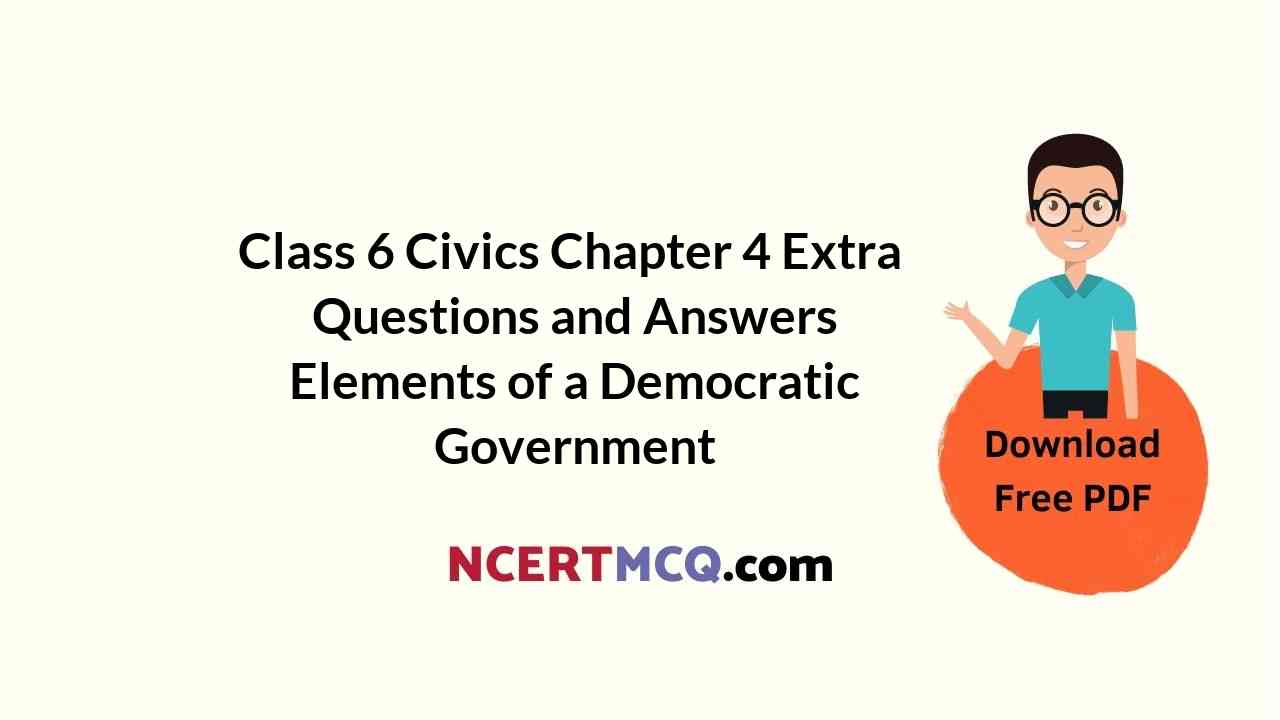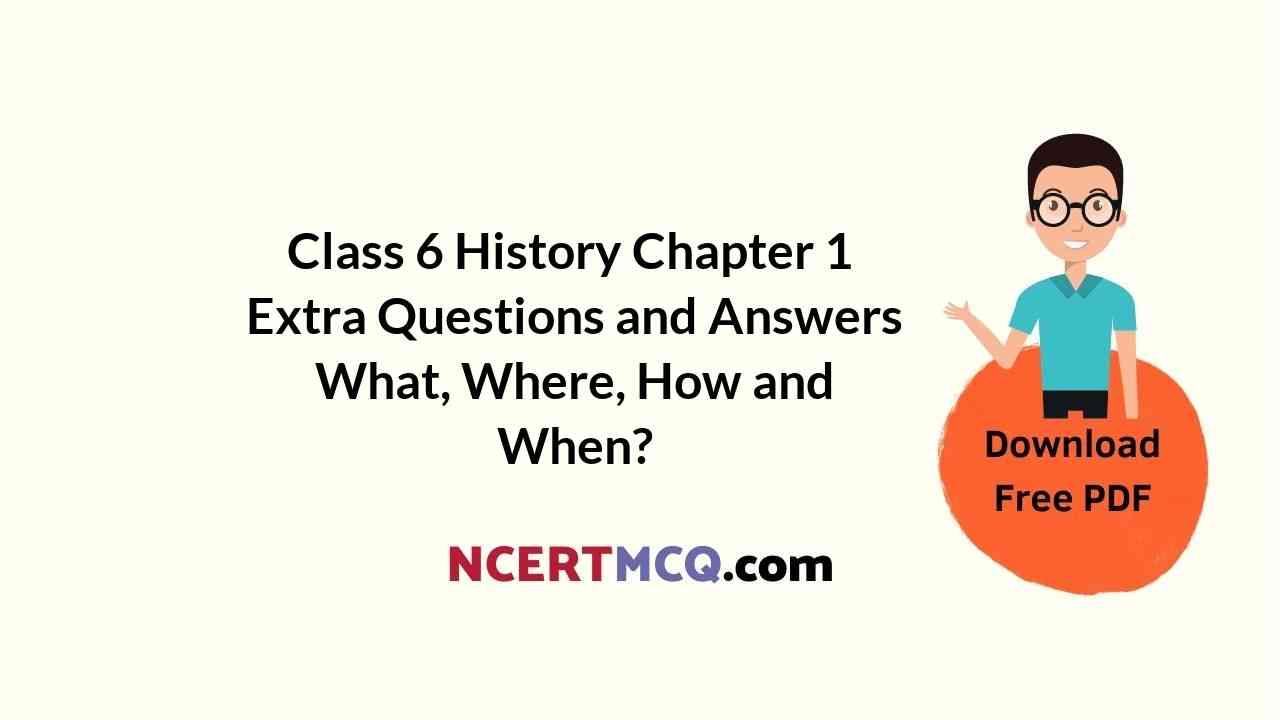Check the below NCERT MCQ Questions for Class 6 Civics Chapter 2 Extra Questions and Answers Diversity and Discrimination Pdf free download. https://ncertmcq.com/extra-questions-for-class-6-social-science/
Diversity and Discrimination Class 6 Extra Questions Civics Chapter 2
I. Fill in the blanks in the following sentences with appropriate words.
(1) The term is ……………………………… prefered to ………………………… .
Answer:
Dalit, untouchables.
(2) ……………………………… one of the great leaders of India shares his experience of caste-based discrimination.
Answer:
Dr. Bhimrao Ambedkar
(3)
Dr. Bhim Kao Ambedkar belonged to ……………………………… community, which were treated as ……………………………… in Maharashtra.
Answer:
Mahar, untouchables.
(4) Dr. Bhim Rao Ambedkar is considered as the father of ……………………………… .
Answer:
Indian Constitution.
![]()
(5) He converted to ……………………………… in search for a religion.
Answer:
Buddhism.
Class 8 Civics Chapter 2 Extra Questions And Answers Question 1.
Mention two factors which lead to differences in the way of living of the people.
Answer:
The two factors which lead to differences in the way of living of the people are :
- geography of a place makes the people eat different kind of food and wear different type of clothes.
- the history of the place influences the religion and language of the people.
Understanding Secularism Class 8 Extra Questions And Answers Question 2.
Why are differences among the people not always good?
Answer:
Differences among the people are not always good if we have low opinion about them and think negatively about them.
Class 8 Civics Chapter 2 Very Short Questions Question 3.
What is meant by prejudice?
Answer:
Prejudice means to judge others negatively or see them as inferior. When we think that only one particular way is the best and right way to do things we end up not respecting others, who may prefer to do things differently.
![]()
Class 8 Civics Ch 2 Extra Questions Question 4.
Give an example of prejudice,
Answer:
If we think English is the best language and other languages are not important, we are judging other languages differently. As a result, we may not respect people who speak languages other than English.
Extra Questions For Class 8 Civics Chapter 2 Question 5.
Discuss the behaviour of the person influenced by prejudice.
Answer:
A person may be prejudiced about people’s religion, their beliefs, the colour of their skin, the region they come from. Often our prejudices are so strong that we refuse to form friendships with them. We may even act in a way that hurt them.
Civics Class 8 Chapter 2 Extra Questions Question 6.
Give reasons why discrimination takes place in the society?
Answer:
Discrimination takes place in the society due to several reasons.
- People may belong to different religions, people may speak different languages, live in specific regions, may be discriminated and considered as inferior.
- The people may belong to different economic backgrounds. People who are poor do not have the resources or the money to meet their basic needs of food, clothing and shelter. They are discriminated because they are poor.
- Some people experience both kind of discrimination. They are poor and belong to groups whose culture is not valued. These people are discriminated.
![]()
Ncert Class 8 Civics Chapter 2 Extra Questions Question 7.
Name the goals set up in the Consitution of India, by the people who wrote it. Write about them.
Answer:
The goals which were set up in the Constitution, by the framers are :
(1) Equality :
- Everyone has equal rights and opportunities.
- Untouchability has been abolished by law.
- People are free to choose their profession.
- It is the responsibility of the government to ensure that poor and marginal communities are not deprived on their rights.
(2) Freedom: People must have the freedom to follow their religion, speak their language, celebrate their festivals and express themselves freely. They said no one religion, language or festival should become compulsory for all to follow.
(3) Secular: India is a secular country where people of different religions and faiths have the freedom to practise and follow their religion without fear of discrimination. Government must treat all religions equally.
Multiple Choice Questions
1. What factors influence what we are, how we live, the language we speak, what we eat, wear, etc.?
(а) The geography and history of the place
(b) Economic conditions of the place
(c) Moral values of the people
(d) Religious beliefs of the people.
Answer:
(а) The geography and history of the place.
Understanding Secularism Class 8 Extra Questions
2. Which one of the following refers to prejudice?
(а) To think other people poor
(b) To judge other people negatively
(c) To insult other people
(d) To pray religious leaders.
Answer:
(b) To judge other people negatively.
![]()
Ch 2 Civics Class 8 Extra Questions
3. Which one of the following refers to untouchables?
(a) Those groups of people who placed themselves at the top of the caste ladder
(b) Those groups of people who saw themselves as superior
(c) The groups of people who were placed at the bottom of the caste ladder and seen as unworthy
(d) Those who are above poverty line.
Answer:
(c) The groups of people who were placed at the bottom of the caste ladder and seen as unworthy.
Civics Chapter 2 Class 8 Extra Questions
4. Which one of the following refers to the Constitution of a country?
(a) A religious book
(b) The national epic
(c) A document that lays out the rules by which the nation would be governed
(d) A set of moral laws
Answer:
(c) A document that lays out the rules by which the nation would be governed.










